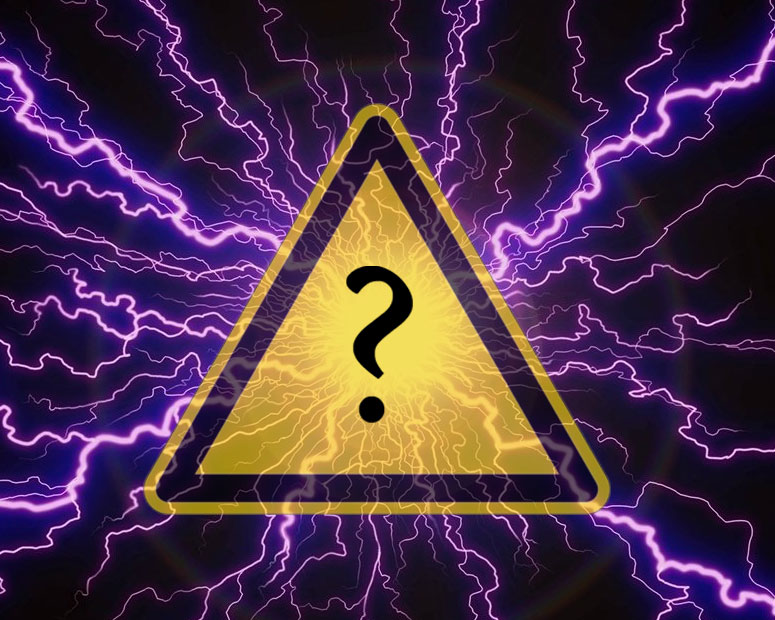(High Voltage Focus, NLQ4/15) Since at GES everything is about connections, transfers or feedthroughs of very high electrical voltages it suggests itself to start this column with the question: What actually is that, high voltage? Well, one would think that the standardization-sensitive technology world had agreed upon that question long ago – after all, the entire globe is wrapped up in high voltage transmission lines. But why make things easy when they can be done complicated…
The international rule of thumb defines electrical voltage above 1.000 Volts (1 kV) as high voltage. But since that is only a rule of thumb its validity is vague. According to the International Electrotechnical Commission and their international Partners (like VDE in Germany, ANSI in the USA, IEEE etc.) the >1.000 Volt rule applies to alternating current (AC) only while with direct current (DC) >1.500 volt is the boundary. Electrical voltages beneath these parameters are categorized in low voltage (50-1.000 V DC resp. 120-1.500 V AC) and extra-low voltage (<50 V AC resp. <120 V DC).
But watch out, different organizations – different rules! The National Electrical Code (NEC) in the USA separates the world of electrical voltages only in either above or beneath 600 V while according to NEMA (National Electrical Manufacturer’s Association) high voltage starts at >100.000 V (100 kV) and ends at 230.000 V (230 kV) to then become extra-high voltage.
Yes, extra-high voltage. For in electrical power transmission – meaning the electrical interlinking of cities, communities and infrastructure – has its very own interpretation. Here the range between 3.000 V (3 kV) and 30.000 V (30 kV) is merely called medium voltage while high voltage operates between 60.000 V (60 kV) and 110.000 V (110 kV). And no, extra-high voltage does not start >110.000 V (110 kV) but at 230.000 V (230 kV). So, what about the ranges in between? Well, for voltages ranging from 30 kV to 60 kV as well as from 110 kV to 230 kV there are too little applications in the field of electrical power transmission to differentiate them – this does not apply to other technical areas though where there are indeed applications for those voltage ranges.
GES develops and produces high voltage interconnectors that operate between 5 kVDC and 100 kVDC. Applications are mainly found around particle-physical processes but also in lots of other areas.
By the way, the British Standard BS7671:2008 defines… well, let’s stop that…
